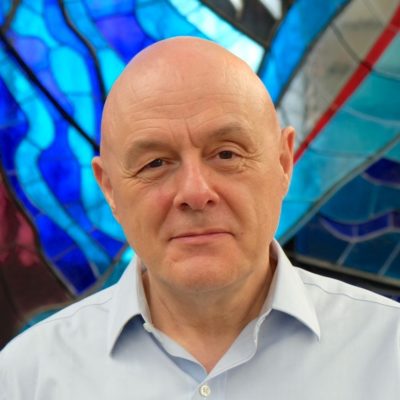Go back
Diamond is for everyone
04/07/2023
The following article by Johan Rooryck, Margo Bargheer and Pierre Mounier was originally published on ResearchProfessional News on 22 June 2023. A version of this article also appeared in Research Europe.
Publishers’ outcry at EU plans ignores potential for new partnerships, say Johan Rooryck and colleagues
On 23 May, the Council of the EU adopted a groundbreaking set of conclusions advocating high-quality, open, trustworthy and equitable scholarly publishing. The move drew widespread support from Europe’s academic community, including in a joint response from nine organisations representing funders, researchers and universities.
Some native open-access commercial publishers also welcomed the conclusions. The traditional academic publishing industry, however, was less enthusiastic. Caroline Sutton, chief executive of the trade association STM, was quoted as saying that the conclusions “support a move that would abolish an industry” and “usher in a state-defined system that could stymie academic freedom”.
It is regrettable that legacy publishers feel they must react in such extreme ideological terms. Their anxiety is unwarranted; instead, the conclusions are more likely to lead to an exciting era of public-private partnerships.
As policy documents go, the conclusions are damning. They express barely veiled irritation with legacy publishers, noting that their business and operational models have not kept pace with digitalisation, and that “the increasing costs of paywalls…cause inequalities and are becoming unsustainable”. Academic publishing increasingly looks like a service provider that refuses to listen to its clients.
Plan S
In its five years, the Plan S initiaitive to drive open access publication has striven to give publishers incentives to accelerate the transition to openness and price transparency. These have boosted numbers of open-access articles but few publishers have embraced a full transition. Consequently, it is not surprising that the EU and the academic community are now considering not-for-profit, scholar-led alternatives.
At the heart of such a publishing model lies diamond open access. In this, the research community owns and controls all the elements of academic publishing related to content: journal and platform titles, papers, reviews, decisions, data, correspondence and reviewer databases. Instead of charging readers or authors, funding would come from institutional partners such as universities, governments, funders and charitable foundations.
Commercial providers can be contracted to deliver services such as submission systems, copyediting and typesetting. Contracts with service providers should provide cost transparency, be competitive, time-limited, and free of lock-in mechanisms or non-disclosure agreements.
By separating the content and service-related aspects of publishing, diamond open access opens the possibility for a renewed compact, in which private service providers compete to serve both publicly and community-owned platforms.
This model is a radical departure from the current situation, where private publishers have complete control over the exclusive goods that journals and articles represent for their business. Instead, it gives service providers a commercially viable role; the publishing industry has no need for alarmist statements.
Common guidelines
However, ownership and control of content-related elements by the academic community entail responsibilities that require organisation on an international scale.
Scholarly disciplines need to develop common guidelines for reviewing and editorial policies that provide trusted and shared international standards. Similarly, the academic community’s ownership of journals needs to be legally anchored, and sustainable governance models have to be developed and adopted.
Technical standards for platforms, submission systems and metadata must be agreed. International collaborative financing mechanisms must be developed and public-private publishing partnerships must be negotiated and concluded.
To facilitate the move to diamond open access in the European Research Area, Horizon Europe has funded two projects: Diamas and Craft-OA. These will develop technical services and a federated infrastructure for institutional publishers and service providers to share resources such as software, know-how and training with the community.
They also aim to lay the foundations for a network of distributed capacity centres for diamond publishing. These would assist journal editors and institutional publishers in working towards shared quality standards and best practices, and integrate journal outputs into the European Open Science Cloud.
Diamond open access is an opportunity to reshape scholarly publishing but achieving this will take worldwide collaboration and dialogue. That dialogue begins at the Diamond Summit in Toluca, Mexico, from 23-27 October.
Johan Rooryck is executive director of cOAlition S. Margo Bargheer works at the University Library of Göttingen. Pierre Mounier is a coordinator of the Operas research infrastructure. They coordinate the Diamas and Craft-OA projects.
Johan Rooryck
Johan Rooryck is Executive Director of cOAlition S and a linguistics professor at Leiden University. He is the editor-in-chief of the Fair Open Access journal Glossa: a journal of general linguistics since 2016. From 1999 to 2015, he was the executive editor of Lingua (Elsevier), when its Editorial Team and Board, as well as its reader and author community, decided to leave Lingua to found Glossa. He also is a founding member and president of the Fair Open Access Alliance (FOAA) and Linguistics in Open Access (LingOA). He is a Member of the Academia Europaea.
View all posts by
Johan Rooryck


